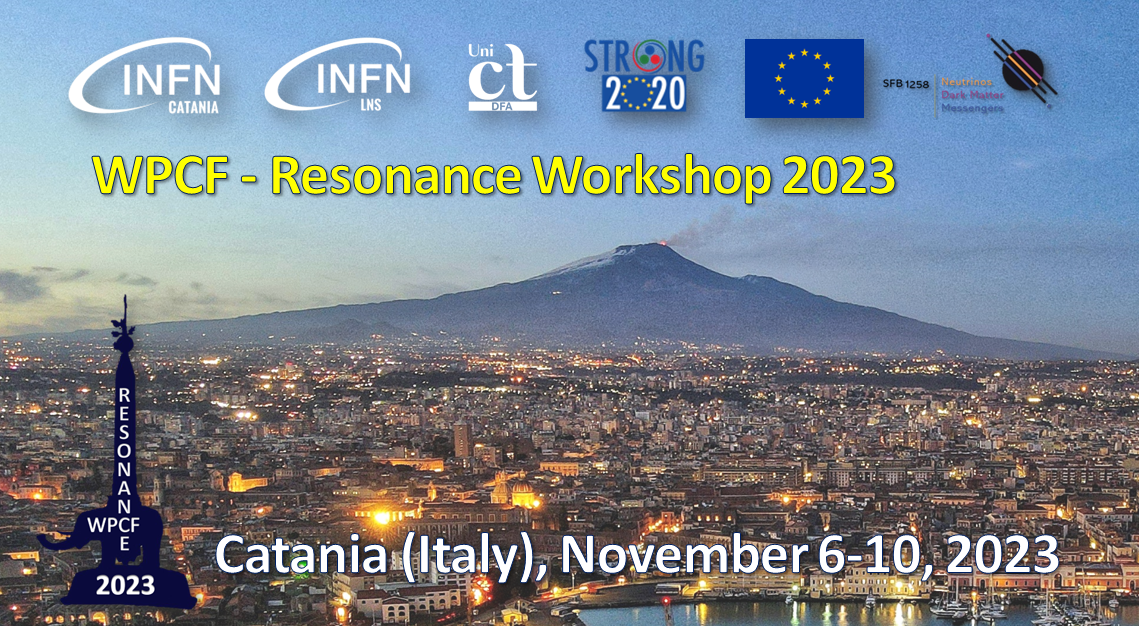Speaker
Description
Abstract
The applicability of statistical hadronization-based models to the high baryon density regions of the QCD phase diagram still remains unresolved. In our previous work [1], we have proposed a spherical geometry of the fireball and the corresponding expansion shape into the THERMal heavy IoN generATOR (THERMINATOR) 2 [2], a statistical hadronisation based model implementing a single freeze-out approximation. This approach has yielded a satisfactory reproduction of bulk particle transverse-mass distributions but failed to meet the expectations regarding rapidity distributions. Based on these results, we have proposed a spheroidal symmetry instead, which allowed us to reproduce well the rapidity distributions of the most abundant particles measured by the HADES collaboration in Au+Au 10% central collisions at $\sqrt{s_{NN}}=2.4$ GeV [3]. We analyse experimentally measured spectra and results from femtoscopic correlation analysis to constrain the parametrisation of the fireball’s shape and expansion profile. Moreover, in light of recent publications analysing this topic [4], we extend our study to discuss different formulations of the statistical hadronisation models, aiming to understand better the statistical nature of particle production in heavy-ion collisions. We also pursue implementing a Pok Man Lo distribution [5] for the most common resonances present in few-GeV collisions: $\Delta^{++}$ and $\Delta^0$ for THERMINAOTOR 2.
References
[1] Szymon Harabasz, Wojciech Florkowski, Tetyana Galatyuk, Małgorzata Gumberidze, Radoslaw Ryblewski, Piotr Salabura, Joachim Stroth Physical Review C, 102(5), 054903
[2] Mikolaj Chojnacki, et al. Computer Physics Communications, 183(3), 746-773
[3] Szymon Harabasz, Jędrzej Kołaś, Radoslaw Ryblewski et al. Physical Review C, 107(3), 034917
[4] Anton Motornenko, et al. Physics Letters B, 822, 136703
[5] Pok Man Lo, et al. Physical Review C 96.1 (2017): 015207.

